Shogunate vassals or other people who supported the Meiji government
The Meiji Ishin (Meiji Restoration in 1868) brought about a change of regime from the Edo shogunate to the Meiji government. There were people who could be leaders, but a lack of manpower to assist them. As the government couldn’t be run only by men from the old clans of Satsuma, Choshu, Tosa, Hizen and others which opposed the shogunate, because of their inexperience in administration, the new Meiji government recruited old shogunate vassals to make up for this deficiency. In this section, let us introduce the shogunate vassals recruited by the Meiji government.
Those recruited were shogunate vassals or others who had already learnt new knowledge of Western studies by the end of the Edo period. OKUBO Ichio served as the president of the Bansho Shirabe-sho (Institute for Studying Western books) and the commissioner of foreign affairs. YURI Kimimasa learnt sciences and pragmatic studies from YOKOI Shonan. MAEJIMA Hisoka was a professor of mathematics at Kaisei-sho, and HAYASHI Tadasu was the son of the founder of the Juntendo and a scholar of Western studies, SATO Taizen. KATSU Kaishu and ENOMOTO Takeaki studied in the Nagasaki Kaigun Denshu-jo (Nagasaki Naval Training Center), and KATSU made a voyage to the United States in the warship Kanrin-maru in 1860. TSUDA Mamichi, NISHI Amane and ENOMOTO went to study in the Netherlands in 1862. ENOMOTO studied gunnery, shipbuilding, marine engineering, international laws and statistics. NISHI studied jurisprudence, philosophy and international law. The Meiji government recruited and utilized people who already had learnt Western or pragmatic studies, or studied abroad during the shogunate.
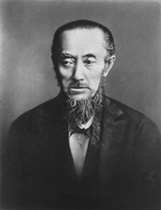
OKUBO Ichio
1818 - 1888
YURI Kimimasa
1829 - 1909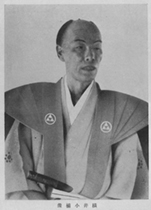
YOKOI Shonan
1809 - 1869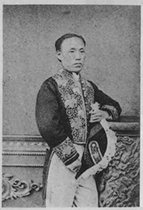
MAEJIMA Hisoka
1835 - 1919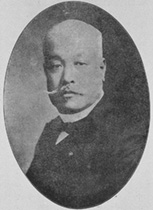
HAYASHI Tadasu
1850 - 1913
KATSU Kaishu
1823 - 1899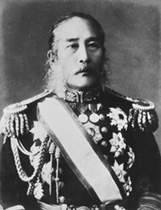
ENOMOTO Takeaki
1836 - 1908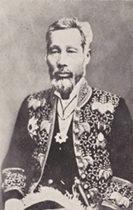
TSUDA Mamichi
1829 - 1903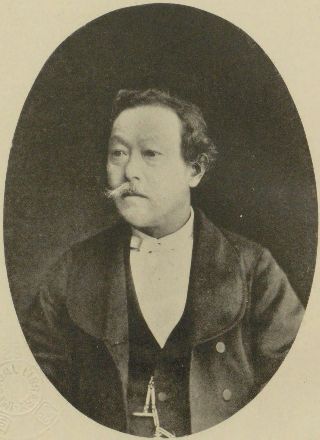
NISHI Amane
1829 - 1897
Here, we will briefly introduce their achievements in the new government. YURI was active in accounting, issuing Dajokansatsu (paper money) and involved in drafting the Gokajo-no-goseimon (Imperial Oath of Five Items). MAEJIMA went to study in the United Kingdom after he served as a vassal, and established the modern postal system of Japan. HAYASHI was active in foreign affairs and he made great efforts for the signing of the Anglo-Japanese Alliance (1902) as the first Japanese minister in the United Kingdom. ENOMOTO concluded the Treaty of Saint Petersburg (1875) as an envoy extraordinary in Russia. TSUDA and NISHI developed laws, with TSUDA legislating the Rikugun Keiho (Army Criminal Law) and NISHI involved in drafting the Gunjin Chokuyu (Imperial Rescript to Soldiers and Sailors). Katsu became Kaigun-kyo (Minister of the Navy) while also holding the post of Sangi (councillor). OKUBO became the fifth governor of Tokyo Prefecture.
Thus, the Meiji government built the foundation of government by utilizing the knowledge and skills of shogunate vassals and others from the very beginning. Once the foundation was solidified with the haihan chiken (the abolition of feudal domains and establishment of prefectures in 1871), people appointed at the time of the Meiji Restoration in 1868 gradually left the government. In the government just after the Meiji Restoration, both shogunate vassals and those from clans served inseparably like two wheels of a vehicle to form the nation, taking the path to a modern nation.
